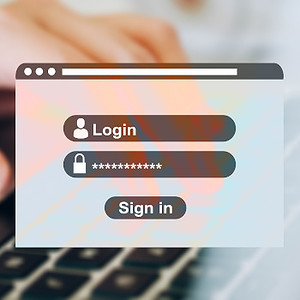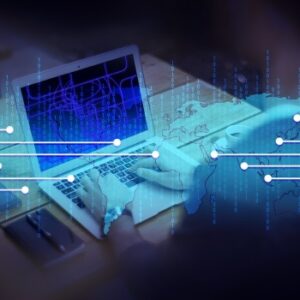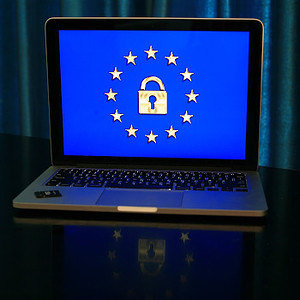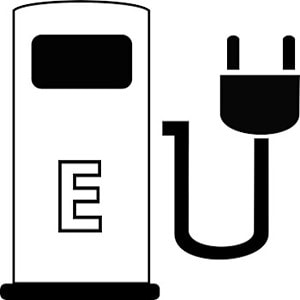Ransomware: Germany popular target for attackers
Last year, Germany was the fourth most attacked country in the world. The logistics, construction and technology industries are the main targets, according to Malwarebytes ransomware analysis. In the twelve months from July 2022 to June 2023, Germany remains the fourth most attacked country in the world and the most attacked country outside the English-speaking world. Ransomware attacks are on the rise As in the US and UK, the number of ransomware attacks has increased significantly over the past four months. March, April and May were actually the most affected months...










